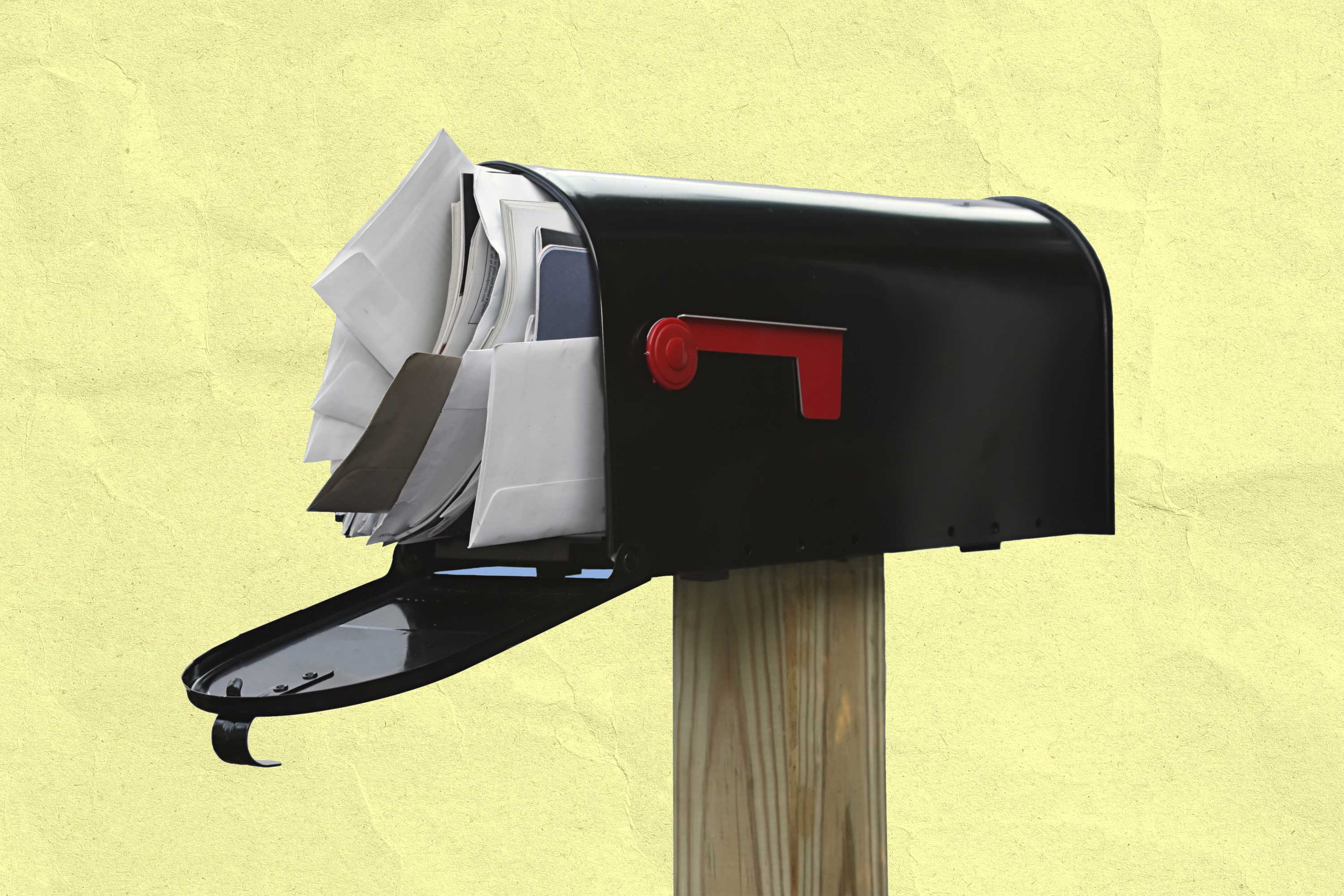Half of all mail is junk. You can opt out.
How to keep junk mail out of your mailbox

Sign up and save the world
The one5c newsletter delivers our best tips right to your inbox
This post has been updated. It originally published on Jan. 18, 2024. A Frontgate catalog, a Fresh Direct mailer, several indistinguishable offers for new credit cards, a bunch of coupons from online ……

